The statistics show that Sweden is an extremely safe country for motorists, but there are a few dangers to watch out for, especially if you’re driving around more remote parts of the country during winter. Here’s our complete guide to driving in Sweden.
Swedish driving laws
What’s the age limit?
The minimum age for driving a car in Sweden is 18. If you’re able to drive at 16 or 17 years old in your home country, then it’s bad news: you’ll still have to wait until you’re 18 before driving in Sweden. For information on the kind of license you need, see our guide to renting a car.
What are the speed limits when driving in Sweden?
Generally speaking, the speed limits in Sweden are as follows. Remember this is only a guide; you should always pay attention to the signposts when driving. Note that speed limits often drop just before a busy junction or speed camera – worth remembering when you’re driving on the motorways.
Ordinary speed limits in Sweden:
– Built-up areas: 30km/h – though limits of 20km/h are common too
– Two-lane roads in the countryside: 50-90km/h
– Dual carriageways: 100km/h
– Motorways: 110km/h – rising to 120km/h on some major roads
Driving in Sweden with a foreign license
If you hold a valid driving license from one of the European Economic Area (EEA) countries then the rules say you can use it to drive in Sweden. Licenses issued in the US are also valid for use in Sweden but if your document does not have a picture of you on it you will need to carry a separate photo ID. The same rules apply for Australian and Canadian drivers. For more info see our guide to renting a car in Sweden.
Drink-drive limits
Sweden has strict rules that make drinking and driving a very silly idea (even if you ignore the obvious physical risks). The limit is a blood-alcohol level of 0.02% – that’s lower than many other European countries.
Find a cheap rental car in Sweden
To book a rental car before your trip starts and to pick it up when you arrive in Sweden, use the form below. It’ll search hundreds of local providers for you to find you the best deal.
Other things to bear in mind
Speed cameras
Speed cameras are common on Swedish roads, though they’re not always immediately obvious. Unlike British cameras, which are bright yellow, Swedish ones are skinny, grey-blue units that are easily missed. Their presence is flagged up in advance by warning signs, however, so keep your eyes peeled as you drive. As with parking fines (see below) your car rental company may charge you an additional fee if you’re caught going too fast.
Paying for parking
In almost every town or city centre, you’ll have to pay for parking. Rates vary according to the desirability of the parking spot (and city) though for the most places you can expect to pay around 15 SEK per hour – or considerably more in places like Stockholm or Gothenburg.
Fines for not paying are hefty – you’ll know you’ve been caught when you return to find a bright yellow, receipt-shaped piece of paper flapping around under your window wiper. Note that if you get a fine on a car that you’ve hired, the rental company will probably charge you for ‘processing’ the transaction.
Wildlife on the roads
As you drive into rural Sweden, your chances of encountering wildlife increase drastically. Deer and reindeer (in the north, especially) are very pretty to look at but pose a risk to motorists, and have a seemingly suicidal urge to run into traffic. These animals tend to wander around in herds, so if you spot one it’s likely there are more in the forest nearby.
A collision with a deer can be very dangerous, but the main thing you want to watch out for is elk (moose). These giants weigh hundreds of kilos and have enormous hard horns, but the main problem for drivers is their top-heavy design. Crash into their skinny legs and there’s a risk that the massive body will come hurtling through the windscreen without your airbags even being triggered.
To reduce the risk of a collision with wild animals, go slowly. It’s the best way to improve your chances of seeing something approaching the road. You may also prefer to avoid driving at sunrise and sunset, when the animals are more active.
Congestion charges in Sweden
Gothenburg and Stockholm both have congestion charges. In Stockholm, the charge (10–20 SEK per entry or exit from the central zone, depending on the time of day) is payable Monday to Friday between 6.30am and 6.30pm. The same rules apply in Gothenburg, albeit with slightly lower prices. For more information on congestion charges in Sweden, see the Transport Styrelsen website.
What about driving in the winter?
Taking to Sweden’s roads during the cold winter months presents its own set of challenges. Here are some tips to keep you on track.
Pull away slowly!
Even with studded tyres (which are a legal requirement during winter) you can still pull some gnarly wheel spins in icy conditions. Pull out of junctions in first gear and ease the clutch up as gently as possible to avoid a noisy wheel spin that will have the locals shaking their heads. Drive off too quickly and it’s easy for the back of the car to fishtail up onto the pavement – or worse, straight into a parked car.
Leave space to stop
This is probably the most important rule of all. However fast you’re driving, leave twice the usual amount of time to ensure that you can stop safely. At inner-city junctions and roundabouts, especially, it’s easy to forget that it takes a lot of time to come to a halt when the road is packed with ice.
Let your engine run for a while
Cars in the far north are equipped with a socket that you can connect to electric outlets which keep the engine from getting too cold at night. Using these engine warmers isn’t strictly necessary, even during a cold Lapland winter, but you should always let the car’s engine warm up for a while before driving off; it’s not unusual to see the car’s temperature gauge completely off the bottom of the scale when you get in. Use this ‘warming-up’ time to clear the windscreen of ice. Most hire cars come with a scraper.
Make sure the washer fluid is topped up
If you’re hiring a car in Sweden then this will usually be taken care of for you, but it’s wise to check that your washer fluid (the kind with de-icer in) is properly topped up. When the temperature drops, the last thing you want is to be spraying the windshield with regular water that freezes solid in seconds.
Ready to explore Sweden? Get going with our destination guides.

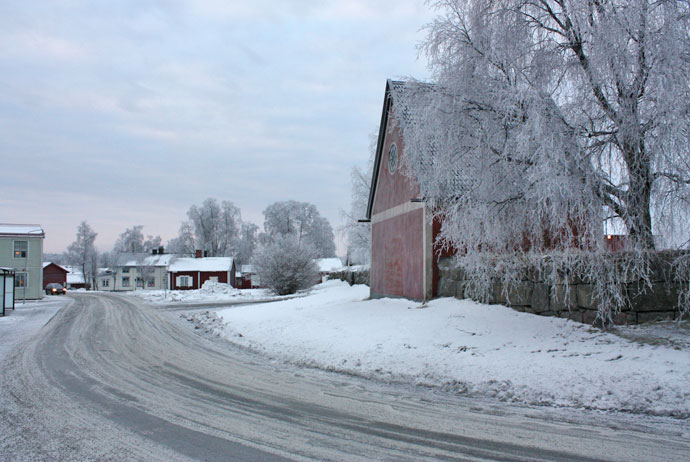
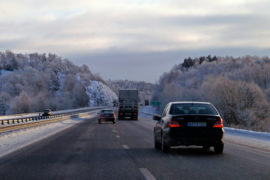
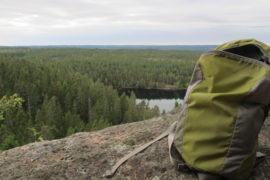
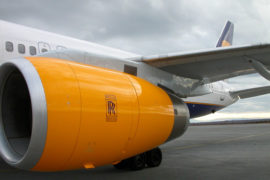
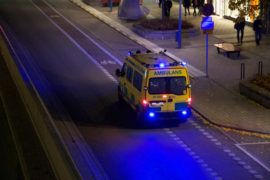
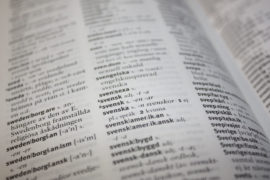
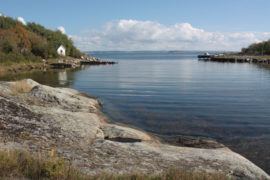
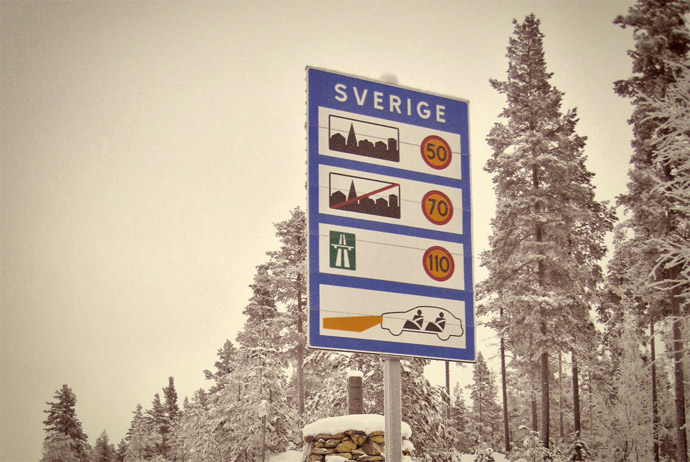

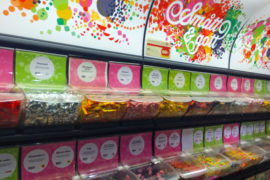
Hi there, I want to point out that there is a major inaccuracy on this page! They state the legal blood alcohol content to drive is 0.2% when it is actually 0.02%. 0.2% you’re pretty drunk, but you can be 0.2% if you’re a lighter person and had a beer 20 minutes ago. Drive safe!
Typo corrected, thanks for pointing it out!